Strings of sausages swaying in the sun - Photo: TRAN DUY
When I was a child, Tet in my hometown was always bustling with laughter and the aroma of grilled meat and red dried sausages . At that time, sausages were only made during Tet because it was a special dish that people in the West considered "Spring Luck," meaning abundance and richness.
Over time, this dish has not only remained in family kitchens but has become a cultural symbol of the region. Today, Cai Lay (Tien Giang) is considered the "capital of fresh sausage", with more than 100 large and small production facilities, supplying dozens of tons of sausage every day to the national market.
Despite large-scale production, the facilities here still maintain traditional processing methods, using rice wine to marinate the meat and drying it naturally in the sun to give the sausage a bright red color, giving it an unmistakable flavor.
A production facility owner in Cai Lay shared: "We have supporting machines, but important steps such as seasoning and selecting ingredients are still done completely by hand.
Fresh lean pork is finely ground and marinated with rice wine, garlic, sugar, and whole pepper to retain its rich flavor.
The pork fat must be cut into small cubes, then marinated with sugar and left to dry in the sun for about two hours until it is clear before mixing with the meat.
Each step is carefully taken care of so that the sausage retains its natural sweet and fatty taste, with a faint aroma of rice wine, typical of Cai Lay sausage.
To me, sausage is not only a dish, but also a link between generations in the family . I remember when I was young, the whole family gathered to prepare meat, stuff sausages, and hang each sausage on a pole to dry in the sun.
Grandparents told stories about Tet in the past, parents taught us how to season spices, and we children eagerly counted the days until Tet so we could enjoy our favorite dishes.
Nowadays, although sausage is produced commercially, I believe that this dish still retains its cultural value.
Tet is not only a time for family reunion but also an opportunity for generations to look back, share, and preserve traditional values.
An old lady in Cai Lay confided: "The kids are busy now, but every time they see the fragrant fried sausage, they sit down to eat with me. This dish seems to bring the whole family closer together."
In a changing social context, it is not easy for a traditional dish like sausage to maintain its position in the market. However, the success of the establishments is a testament to how traditions can integrate without losing their identity.
The facilities here have applied technology to increase productivity, but still retain traditional flavors through the selection of natural ingredients and the preservation of core processing steps.
From the old houses, where sausages were handmade with all their heart, until now this product has grown into a big brand, supplying the whole country. But what makes me most proud is that despite modernization, sausages still retain their rustic soul .
For me, every Tet season is not complete without the taste of fresh sausage. It is a taste that reminds me of my childhood memories, of the days when the whole family gathered around the fire, and of the deep love for my homeland in every dish.


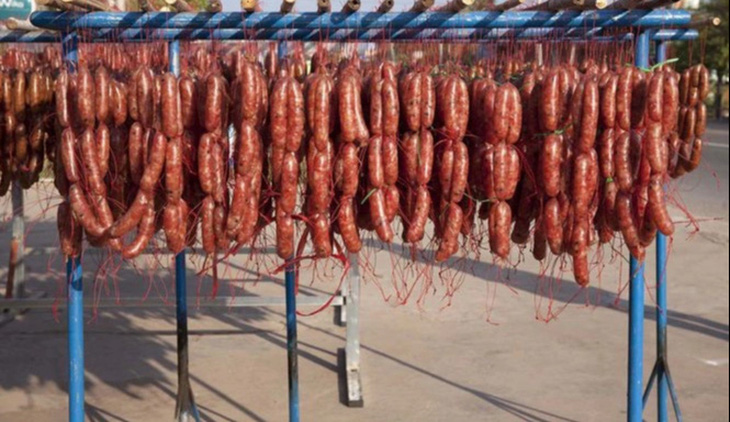

![[UPDATE] April 30th parade rehearsal on Le Duan street in front of Independence Palace](https://vstatic.vietnam.vn/vietnam/resource/IMAGE/2025/4/18/8f2604c6bc5648d4b918bd6867d08396)
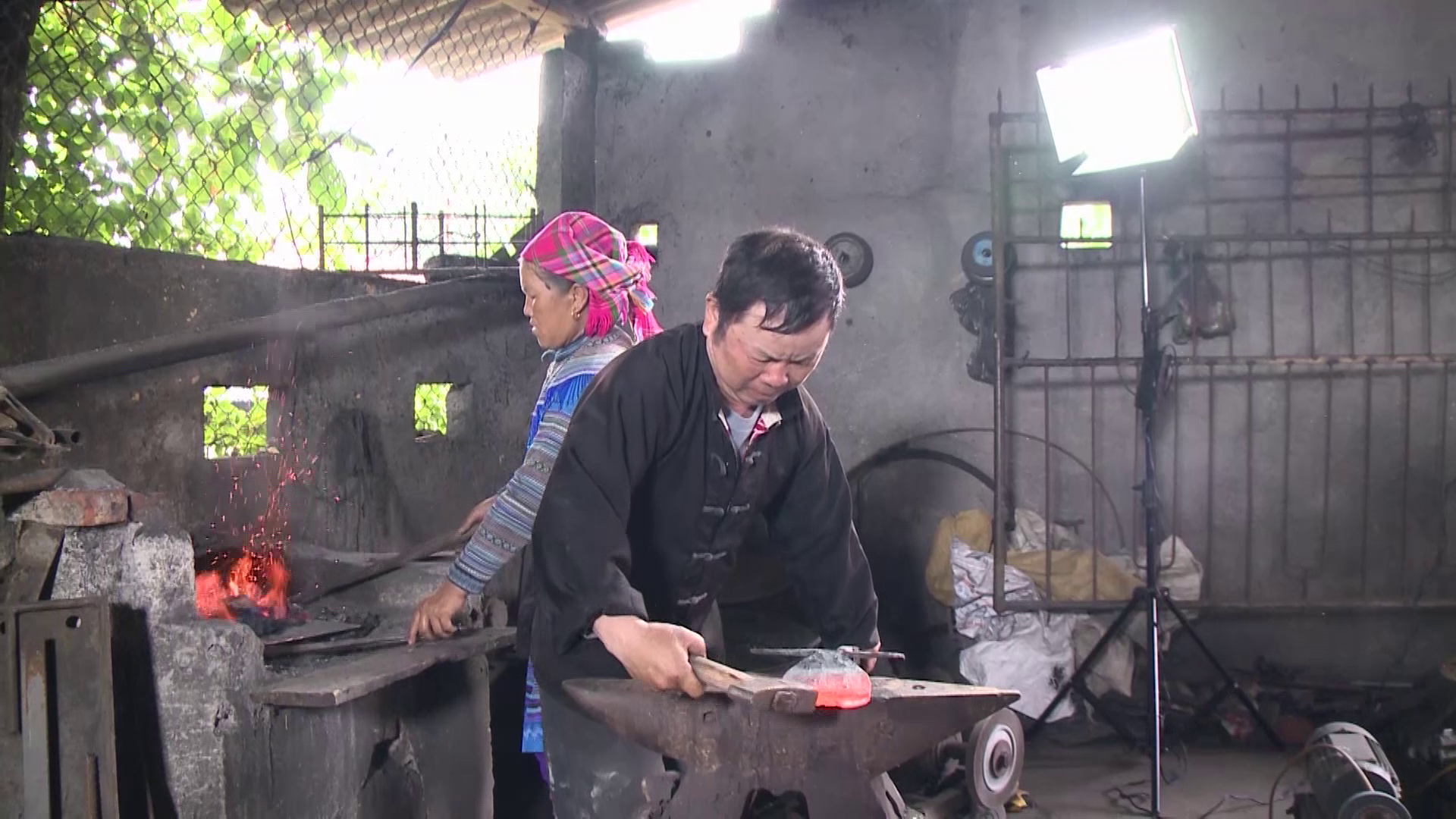
![[Photo] Prime Minister Pham Minh Chinh receives Mr. Jefferey Perlman, CEO of Warburg Pincus Group (USA)](https://vstatic.vietnam.vn/vietnam/resource/IMAGE/2025/4/18/c37781eeb50342f09d8fe6841db2426c)








































































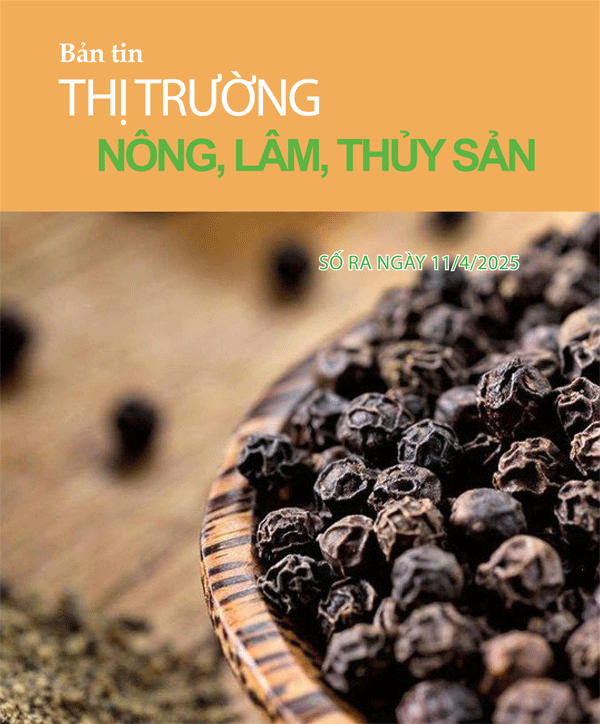



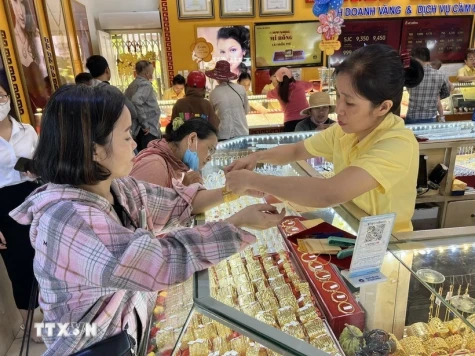












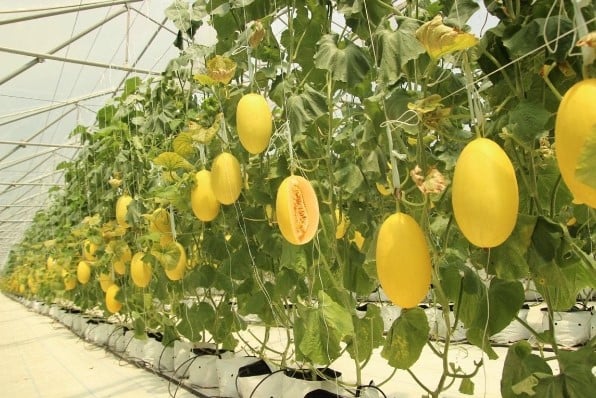
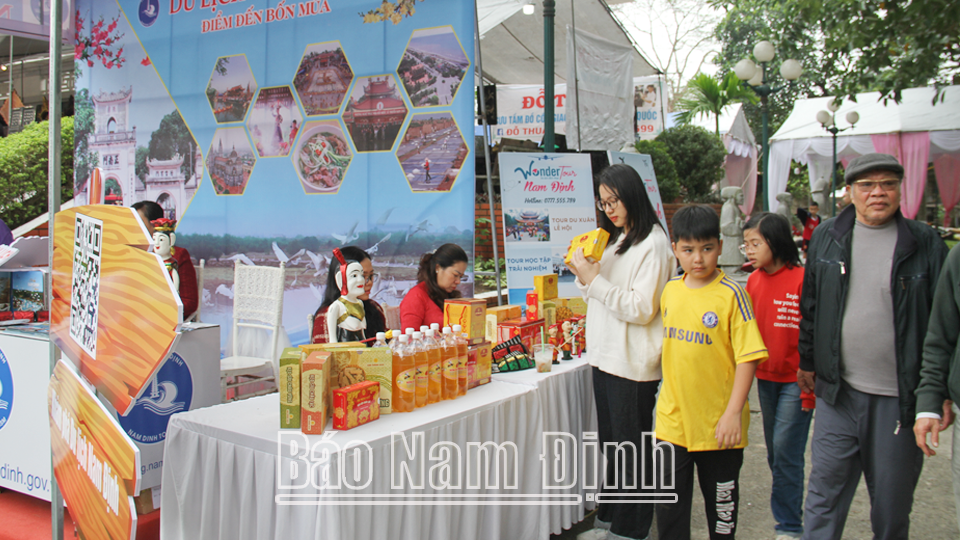


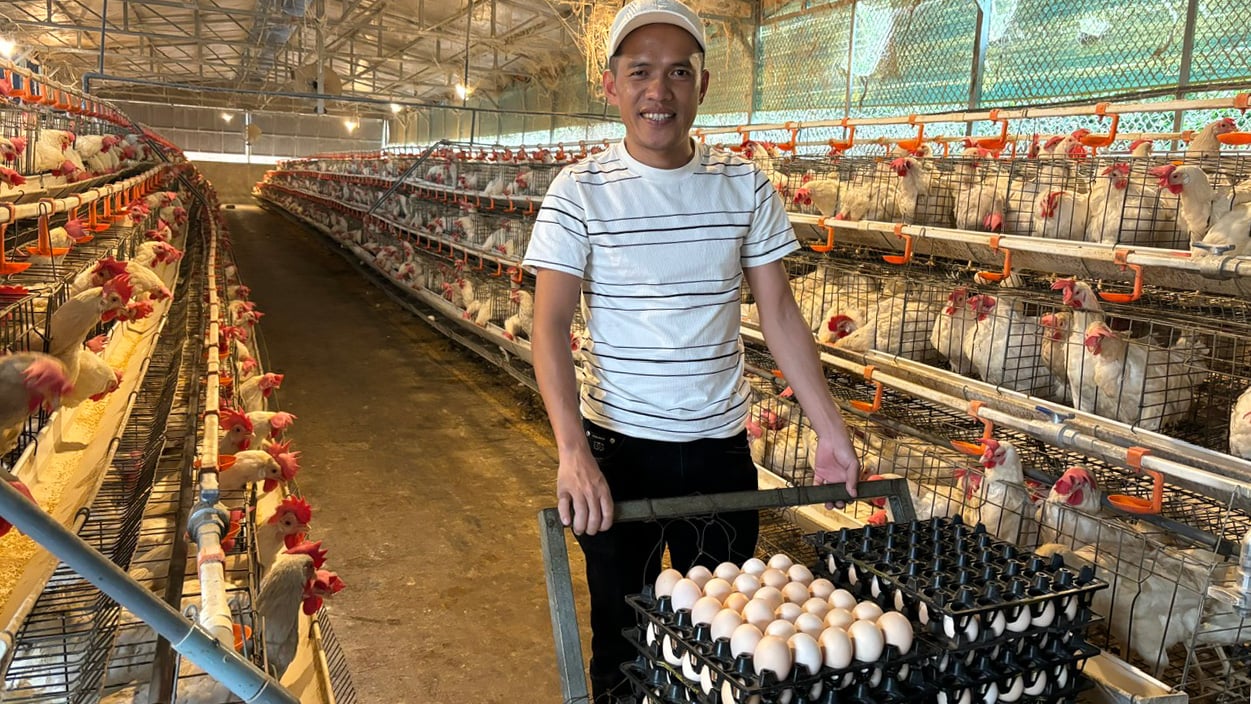

Comment (0)